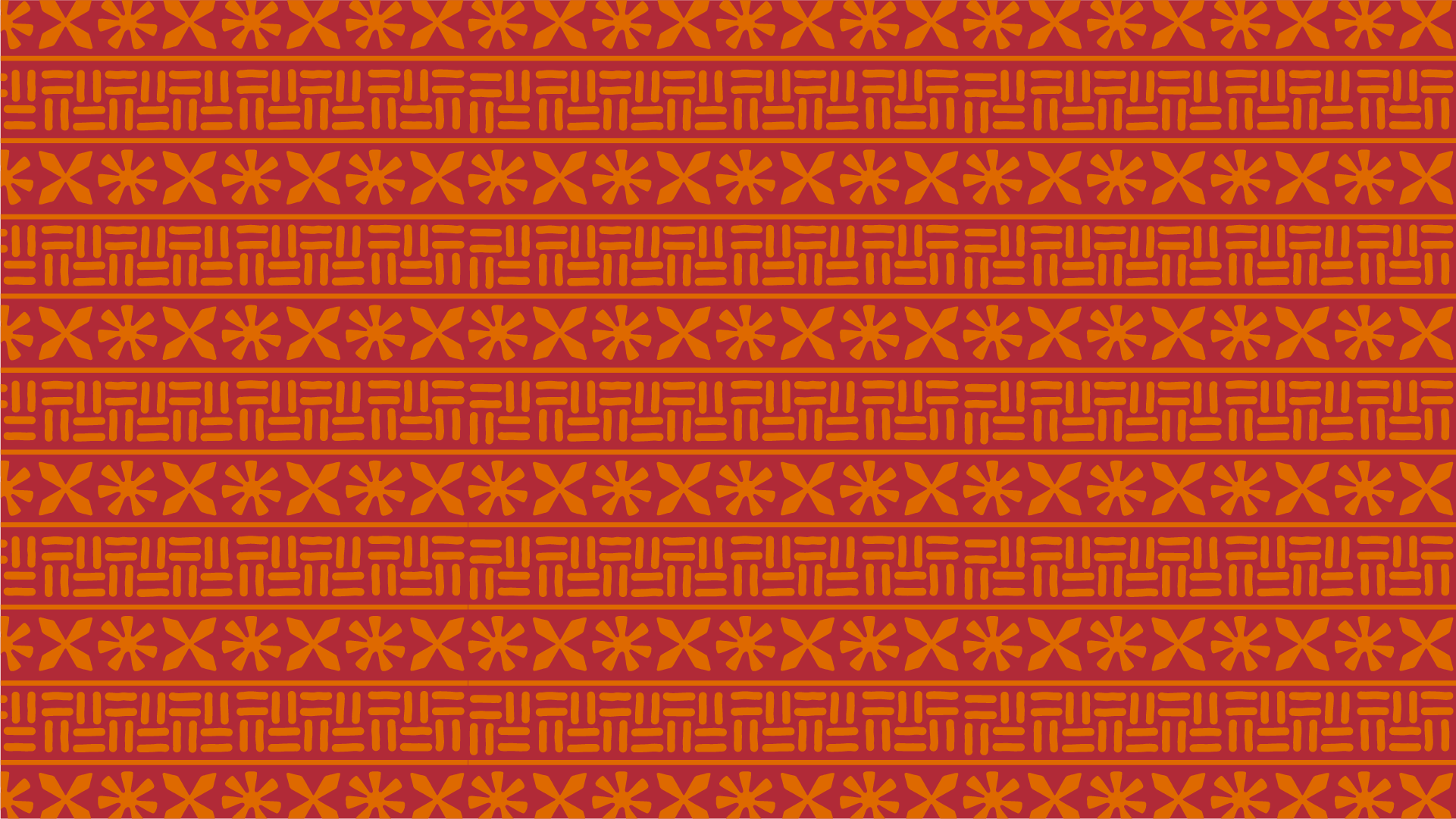
Wake: Classroom curriculum
a collaboration between
the ida b. Wells Education Project and
Dr. Rebecca Hall, JD, PhD
Teaching wiTH
Wake: the hidden history of women-led slave revolts
How do we recover voices of revolt that have been silenced by mainstream historical narratives?
How do we honor the legacy of heroic Black women in our classes and community?
How do we center resistance, agency and collective power when teaching the painful history of slavery?
These are monumental questions facing educators who strive to teach for justice and liberation today.
“Women warriors planned and led slave revolts on slave ships during the Middle Passage. They fought their enslavers throughout the Americas. And then they were erased from history. Wake uncovers this history.”
- Dr. Rebecca Hall, JD, PhD
Educators from the Ida B. Wells Education Project have worked in collaboration with Dr. Rebecca Hall, to develop curriculum for her groundbreaking work, Wake: The Hidden History of Women-Led Slave Revolts. Selected as a best book of 2021 by NPR, The Washington Post, Forbes, and Ms. Magazine, this powerful graphic novel tells the story of one African American woman scholar’s search to uncover the hidden legacy of women-led resistance to African slavery. NPR describes this work as a “remarkable blend of passion and fact, action and reflection”.
Our team would like to help educators utilize this powerful graphic novel in the classroom, as a tool for engaging students in critically examining our histories of slavery and hidden resistance. While scaffolding the exploration of this novel for the classroom, our curriculum empowers students to use research, primary source analysis, imagery, reflection and action, to build their own narratives of resistance in the present day.
Join us in bringing this monumental work into our middle and high school classrooms. The Ida B. Wells Education Project is honored to collaborate with Dr. Rebecca Hall, JD Phd in creating a series of dynamic, engaging, classroom-ready lessons and resources to help bring this powerful work to your students and school community. It is our hope that these resources will help you and your students uncover our collective legacies of resistance and carry them forward in your community.
Who is
Dr. Rebecca Hall?
Project-Based learning
Retrieving Our Resistance: Graphic Novel Project Inspired by Wake
In this project, students will be challenged to critically examine local historical events and create their own graphic novel narrative of resistance. The project begins with analyzing primary sources, looking for hidden stories of resistance. Students will then research these stories and write their own, “critically fabulated” version of events, in the form of a graphic novel.
Lesson materials are linked below:
How to Read Wake: The Hidden History of Women-Led Slave Revolts A Guide to Understanding Graphic Narratives
These lesson materials are intended to help students and educators better understand the essential components of graphic novels, in order to create their own graphic novel narrative of resistance. These lessons outline steps 3 and 4 of the Retrieving Our Resistance project.
Lesson materials are linked below:
Wake Sample Unit:
Production And Consumption In The First Global Economy
Crafting A Graphic Narrative Project
Dr. Alex Carter is a secondary teacher in New York who has implemented lessons centering Wake in his World History classroom. Here he has shared a sample unit with us, in which students assume the role of historians tasked with piecing together images to tell the story of the relationship between the Trans-Atlantic Slave Trade and the emergence of the Sugar Plantation System.
Lesson materials are linked below:
Wake Chapter Activities
Hexagonal Thinking Concept map: Wake Chapter Discussion Activity
This graphic organizer paired with a carefully curated word bank can be used as a framework for critical thinking and discussion for each chapter of Wake. This activity helps students make connections between powerful ideas, while considering the nuances in those connections.
Graphic organizer for each chapter of Wake linked below:
Reading ANd Discussion Questions for Wake:
For each chapter of Wake, we have provided reading questions that can be used to check for understanding or to guide your student’s reading of the novel. Our team also created discussion questions which call on students to analyze, evaluate and think critically about themes and facts in each chapter. Check them out below!
Chapter by chapter reading and discussion questions listed here:
AddItional Resources
Significant Primary sources for educators
In her research for the graphic novel Wake: The Hidden History of Women-Led Slave Revolts, Dr. Hall uncovered many significant documents related to resistance in the Trans-Atlantic slave trade. Our team has collaborated to format and make these documents available for secondary educators. Please check out these valuable resources below:
Wake Primary Sources For Educators









